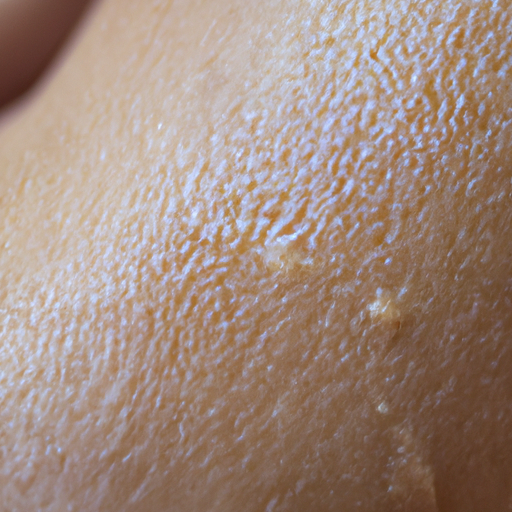As a dermatologist, I am often asked about the best ways to maintain healthy and radiant skin. One of the most effective methods is through regular exfoliation. Unmasking beauty is about revealing the natural glow of your skin, and exfoliants play a crucial role in this process. This comprehensive guide will help you understand the importance of face and body exfoliants and their proper usage.
Exfoliation is the process of removing dead skin cells from the surface of your skin. This not only gives your skin a fresh and youthful appearance but also enhances its ability to absorb other skincare products, making them more effective. Exfoliants can be categorized into two types: physical and chemical.
Physical exfoliants are products or tools that manually remove dead skin cells through scrubbing or brushing. Examples include facial scrubs with tiny particles, brushes, and sponges. These are typically recommended for people with oily or combination skin as they can help unclog pores and reduce the likelihood of acne breakouts.
Chemical exfoliants, on the other hand, use acids or enzymes to dissolve the bonds between dead skin cells so they can be easily washed away. Alpha hydroxy acids (AHAs), beta hydroxy acids (BHAs), and retinoids are common types of chemical exfoliants. They are generally suitable for all skin types, but particularly beneficial for those with dry or sensitive skin, as they are less abrasive than physical exfoliants.
The proper usage of exfoliants depends on your skin type and the specific product you are using. However, there are some general guidelines you can follow.
Firstly, always start with a clean face. Apply your chosen exfoliant in a gentle, circular motion, avoiding the delicate area around your eyes. If you’re using a chemical exfoliant, simply apply it evenly across your face and let it do its work.
Secondly, frequency is key. Over-exfoliation can lead to skin irritation and damage. For most people, exfoliating two to three times a week is sufficient. However, if you have sensitive skin, once a week or even every other week may be enough.
Thirdly, always moisturize after exfoliating. Exfoliation can leave your skin feeling dry, so it’s important to replenish its moisture immediately afterwards.
Lastly, don’t forget about your body. The skin on your body can also benefit from regular exfoliation. Use a body scrub or a brush in the shower once or twice a week to keep your skin smooth and healthy.
Remember, everyone’s skin is unique. What works for one person may not work for another. It’s important to listen to your skin and adjust your skincare routine accordingly. If you notice any redness, irritation, or discomfort after using an exfoliant, stop using it immediately and consult a dermatologist.
Unmasking beauty is not about achieving perfection, but about taking care of your skin so it can be at its healthiest and most radiant. With the right exfoliation routine, you can reveal the natural glow of your skin and enhance its beauty from within.



